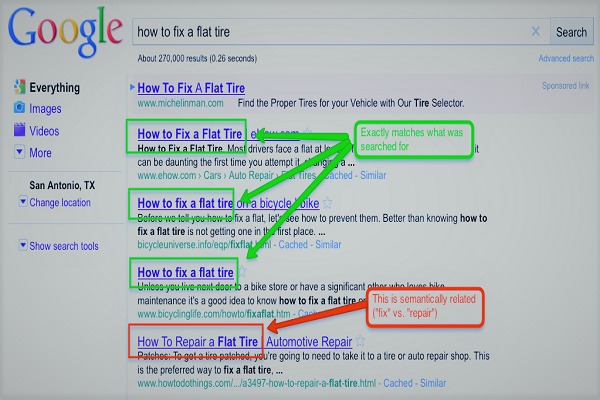5 Major Google Algorithms | Sseducationlab
Mostly every day, Google introduces changes to its ranking algorithm. Some are tiny tweaks; others seriously shake up the SERPs. This cheat sheet will help you make sense of the most important algo changes and penalties rolled out in the recent years, with a brief overview and SEO advice on each.
1. Panda
Launch date: February 24, 2011
Duplicate, plagiarized or thin content; keyword stuffing
How it works: Panda assigns a so-called “quality score” to
web pages; this score is then used as a ranking factor. Initially, Panda was a
filter rather than part of Google’s ranking algo, but in January 2016, it was
officially incorporated into the core algorithm. Panda rollouts have become
more frequent, so both penalties and recoveries now happen faster.
How to adjust: Run regular site checks for content
duplication, thin content and keyword stuffing. To do that, you’ll need a site
crawler, like SEO PowerSuite’s Website Auditor.
To check for instances of external content duplication, use
a plagiarism checker like Copyscape.
If you have an e-commerce site and cannot afford to have 100
percent unique content, try to use original images where you can, and utilize
user reviews to make product descriptions stand out from the crowd.
2. Penguin
Launch date: April 24, 2012
Spammy or irrelevant links; links with over-optimized anchor
text
How it works: Google Penguin’s objective is to down-rank
sites whose links it deems manipulative. Since late 2016, Penguin has been part
of Google’s core algorithm; unlike Panda, it works in real time.
How to adjust: Monitor your link profile’s growth and run
regular audits with a backlink checker like SEO SpyGlass. In the tool’s Summary
dashboard, you’ll find a progress graph for your link profile’s growth. Look
out for any unusual spikes: those are reason enough to look into the backlinks
you’ve unexpectedly gained.
The stats that we know Penguin takes into account are
incorporated into SEO SpyGlass’s Penalty Risk formula. To check for penalty
risks, go to the Linking Domains dashboard, navigate to the Link Penalty Risks
tab, select your links, and click Update Penalty Risk. When the check is
complete, check with the Penalty Risk column, and make sure to look into every
link with a score over 50 percent.
3. Hummingbird
Launch date: August 22, 2013
Keyword stuffing; low-quality content
How it works: Hummingbird helps Google better interpret
search queries and provide results that match searcher intent (as opposed to
the individual terms within the query). While keywords continue to be
important, Hummingbird makes it possible for a page to rank for a query even if
it doesn’t contain the exact words the searcher entered. This is achieved with
the help of natural language processing that relies on latent semantic
indexing, co-occurring terms and synonyms.
How to adjust: Expand your keyword research and focus on
concepts, not keywords. Carefully research related searches, synonyms and
co-occurring terms. Great sources of such ideas are Google Related Searches and
Google Autocomplete. You’ll find all of them incorporated into Rank Tracker’s
Keyword Research module.
4. Pigeon
Launch date: July 24, 2014 (US)
How it works: Pigeon
affects those searches in which the user’s location plays an important part.
The update created closer ties between the local algorithm and the core
algorithm: traditional SEO factors are now used to rank local results.
How to adjust: Invest effort into on- and off-page SEO. A
good starting point is running an on-page analysis with Website Auditor. The
tool’s Content Analysis dashboard will give you a good idea about the aspects
of on-page optimization you need to focus on.
A good way to start with off-page SEO is getting listed in
relevant business directories. Not only do those act like backlinks, helping
your site rank; they rank well in Google themselves. You can easily find
quality directories and reach out to webmasters asking to get listed with
LinkAssistant.
5. Mobile
Launch date: April 21, 2015
Lack of a mobile
version of the page; poor mobile usability
How it works: Google’s Mobile Update (aka Mobilegeddon)
ensures that mobile-friendly pages rank at the top of mobile search, while
pages not optimized for mobile are filtered out from the SERPs or seriously
down-ranked.
How to adjust: Go mobile and focus on speed and usability.
Google’s mobile-friendly test will help you see which aspects of your page’s
mobile version need to be improved. The test in integrated into WebSite Auditor
so you can check your pages’ mobile friendliness quickly. You’ll find it in
Content Analysis > Page Audit, under the Technical factors tab.
Read More Visit - www.sseducationlab.in
Read More Visit - www.sseducationlab.in



Comments
Post a Comment